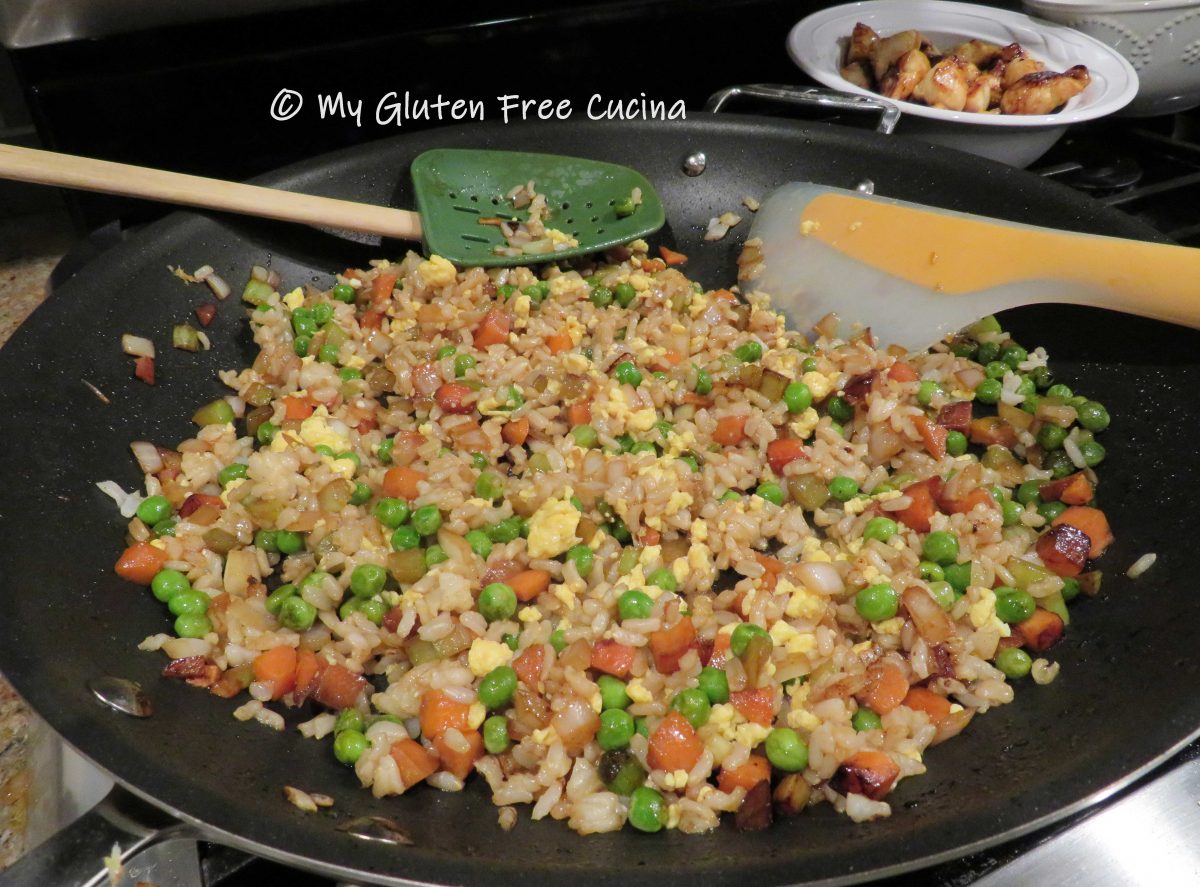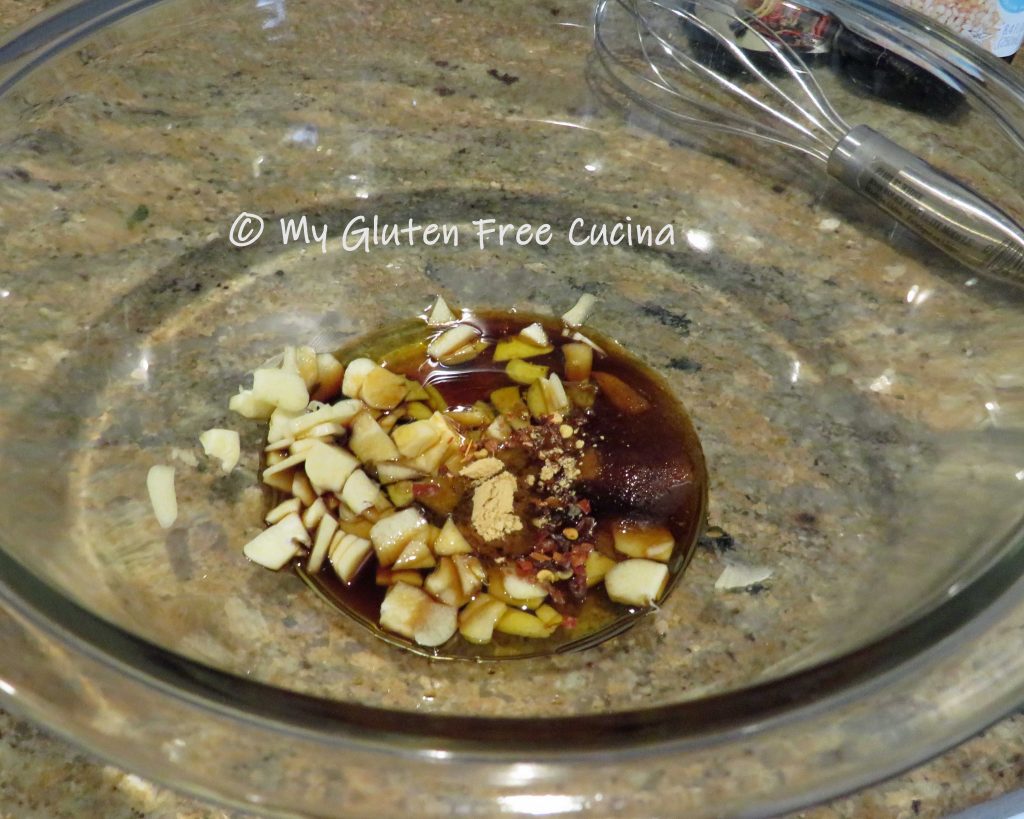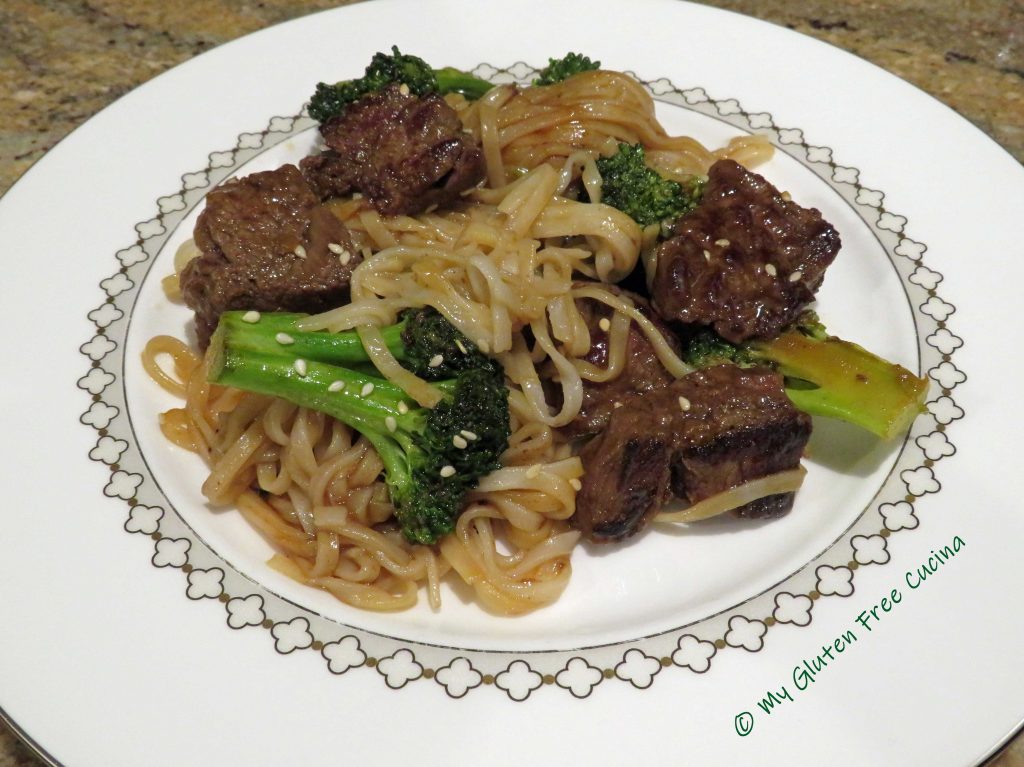One of the things I miss most since my Celiac diagnosis is Chinese takeout. Oh, how I loved those noodles, veggies and fried rice!
At first glance you might think that many of these dishes are gluten free, but did you know that soy sauce contains gluten? It’s true, traditional soy sauce is fermented with wheat so it is off limits on the gluten free diet.
Fortunately for us, there is a gluten free alternative called Tamari. Since I started using it in my Asian inspired dishes, I have come to like Tamari even more than soy sauce. Use it like regular soy sauce, as much or as little as you prefer.
Another favorite condiment, Hoisin Sauce can also be found in the Asian aisle in most markets. It’s sweeter and much thicker than soy sauce and can be used for glazing and dipping. In this recipe I use both Hoisin sauce and Tamari for a sweet and savory flavor profile.
This post contains affiliate links.

Ingredients:
- 3/4 cup uncooked brown rice
- 1 cup water
- 1 cup gluten free chicken broth
- 1/2 tsp. chive seasoning
- 1/3 cup frozen peas, thawed
- 1/2 cup sweet onion, diced
- 1/4 cup celery, diced
- 1/2 cup carrot, diced
- 1/4 cup zucchini, diced
- 1/4 cup mushroom, diced
- 2 tbsp. red bell pepper, small dice
- 1 large garlic clove, minced
- 1/2 lb. boneless pork
- gluten free Hoisin sauce
- 1 egg
- 1 tbsp. water
- sesame oil
- cooking spray
- gluten free soy sauce or Tamari
- garlic powder
- ginger powder
- fresh scallions or chives for garnish
Preparation:
Cook the rice according to package directions. I did mine in a rice cooker with 1 cup gluten free chicken broth, 1 cup water and 1/2 tsp. chive seasoning. This step can be done ahead, in fact the rice works better in this recipe if it has been cooked in advance and refrigerated.
While the rice cooks, prep all the vegetables. You should have about 2 cups of diced veggies, total. Dice the pork and toss it with 1 tbsp. Hoisin sauce. Sprinkle with garlic and ginger.
With the prep work done, the rest of the dish comes together quickly. Heat a large nonstick skillet over medium low and mist with cooking spray (I like Bertolli because it doesn’t damage my nonstick pans). Whisk the egg with 1 tbsp. water and scramble. Crumble the egg and set aside.

Next, add 2 tsp. sesame oil to the skillet and cook the pork.

Transfer the pork to a clean bowl and drizzle with more Hoisin sauce. Wipe the skillet clean and cook the veggies in 2 tsp. sesame oil, about 5 minutes. Sprinkle with garlic and ginger and drizzle with Tamari.

Add the cooked rice and egg back to the skillet with more Tamari.

Top with the pork, more Tamari and toss to heat through.

Garnish with fresh scallions or chives and plate.

I just loved this dish, all the flavors that I have been missing!

Notes ♪♫ I love San J brand Tamari and Hoisin sauce. Both are clearly labeled gluten free and can be found in markets and online.
Originally posted 10/21/2019 Updated 12/13/2023

[print_link]




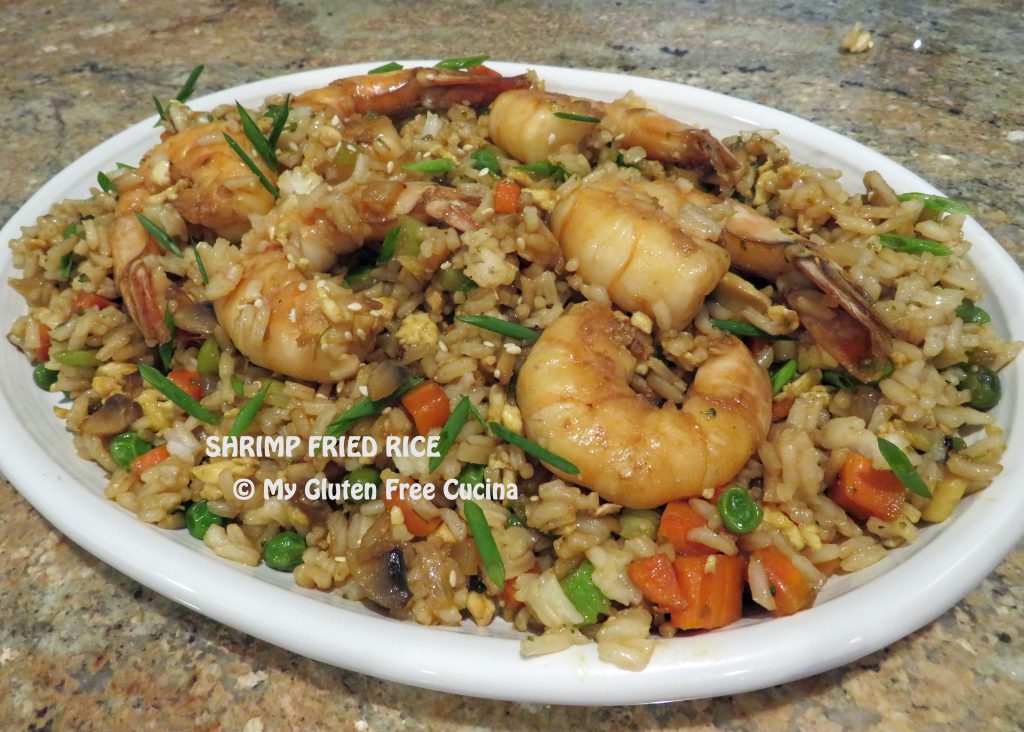
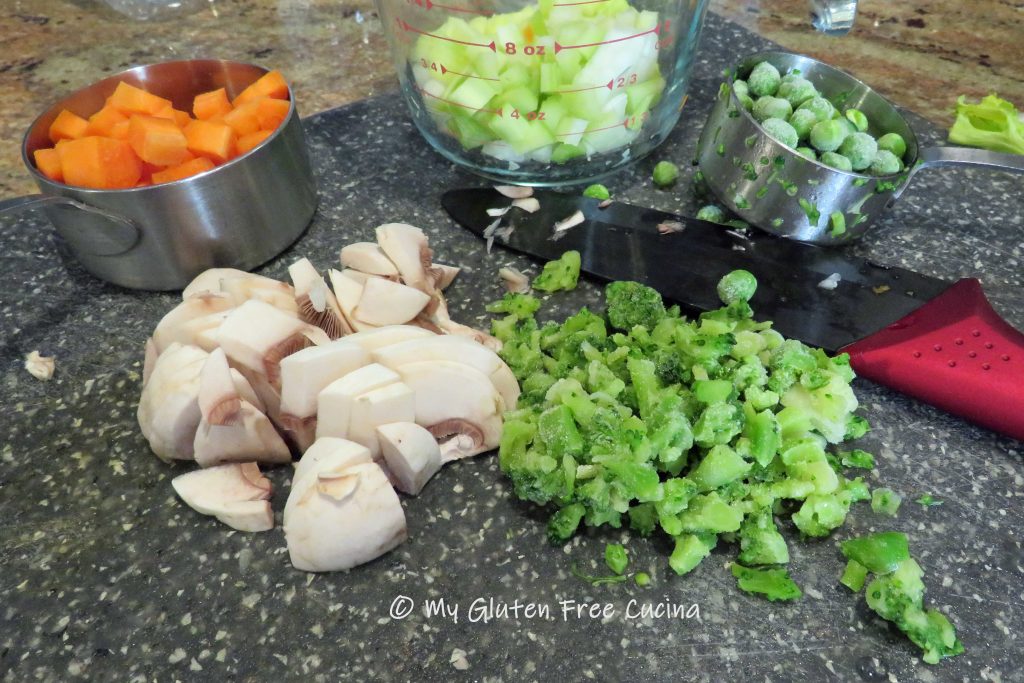

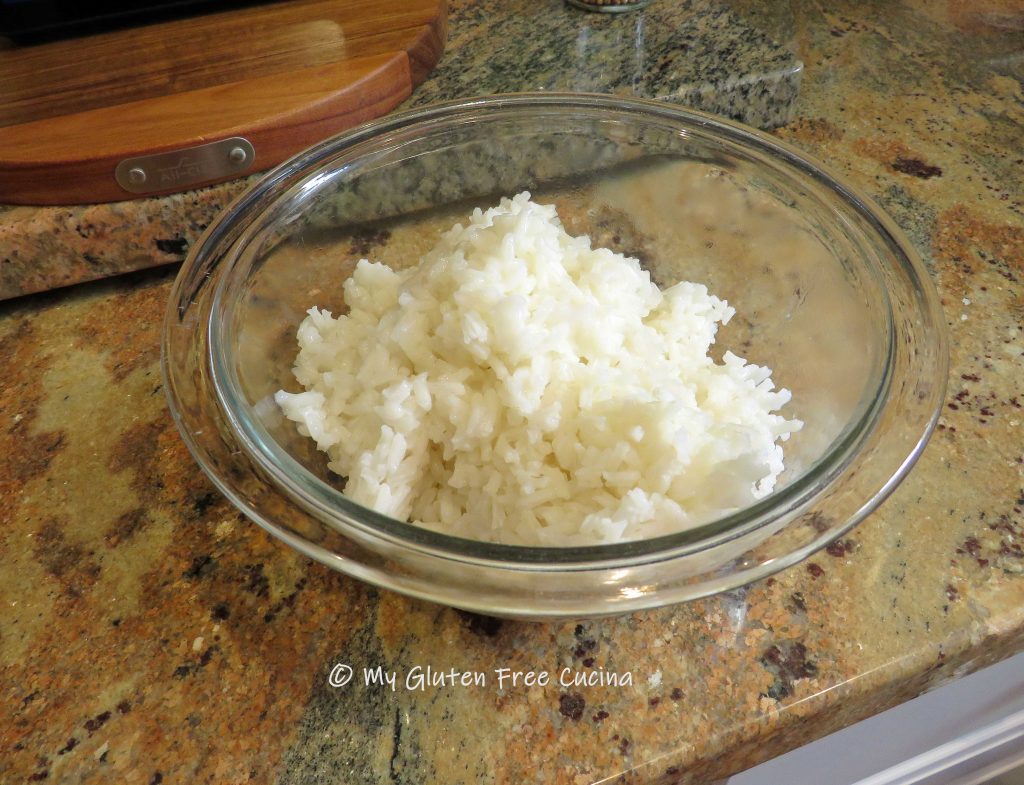




 Transfer to a
Transfer to a 















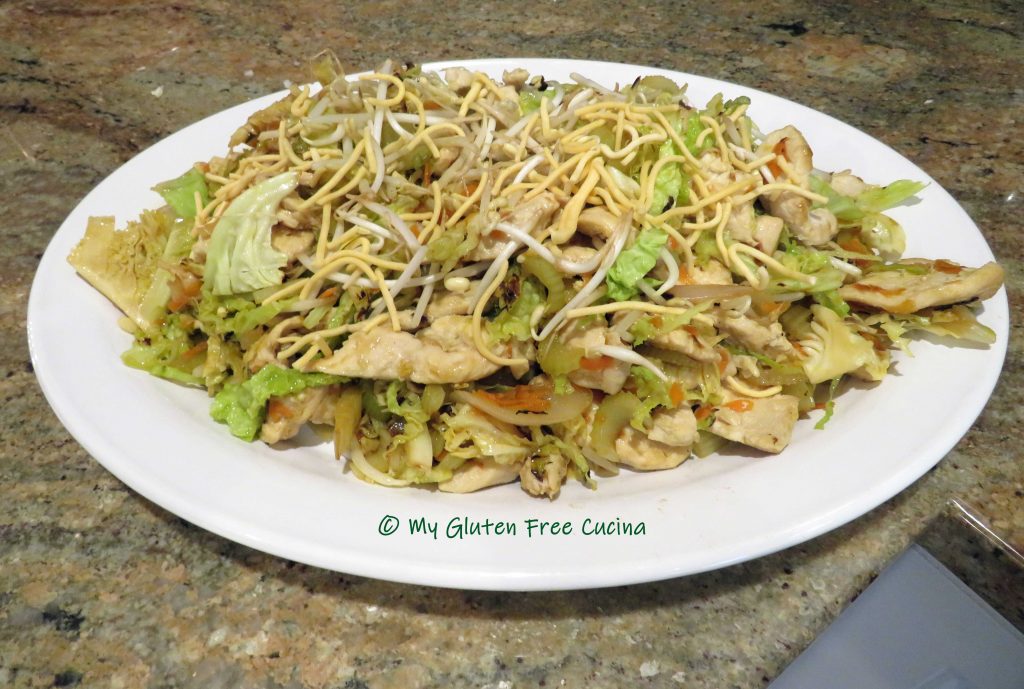





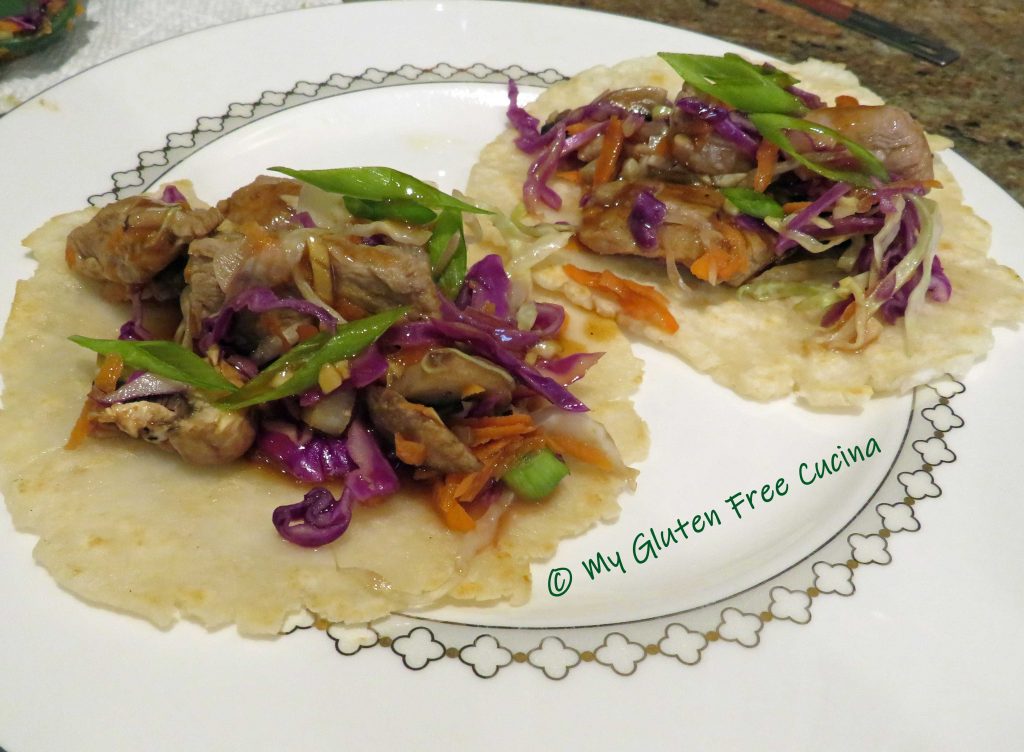
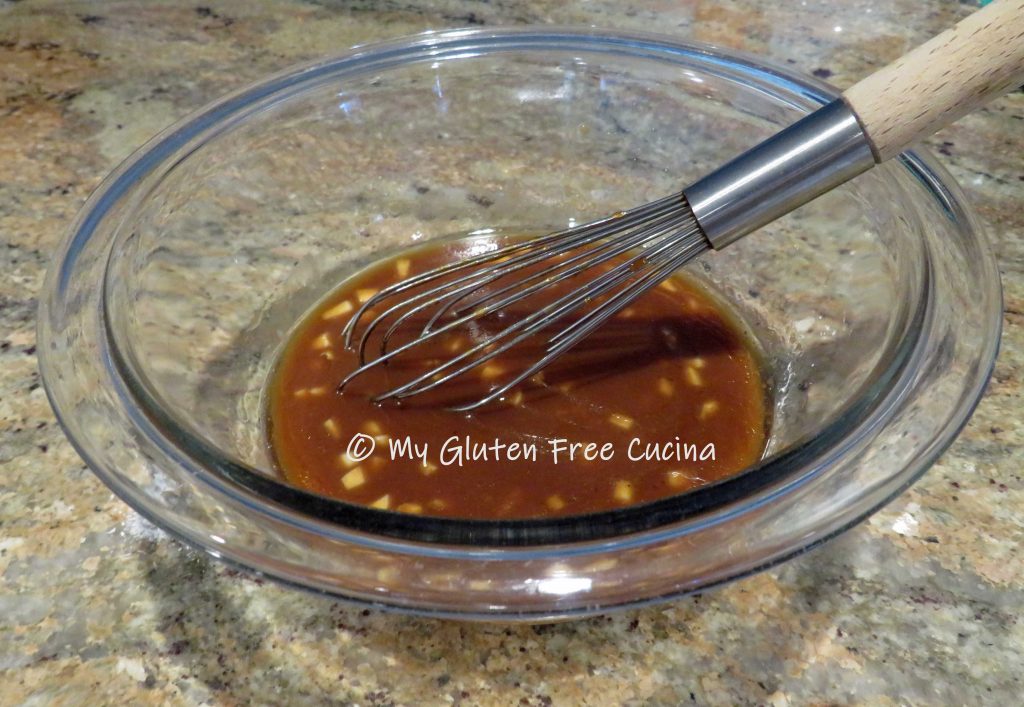


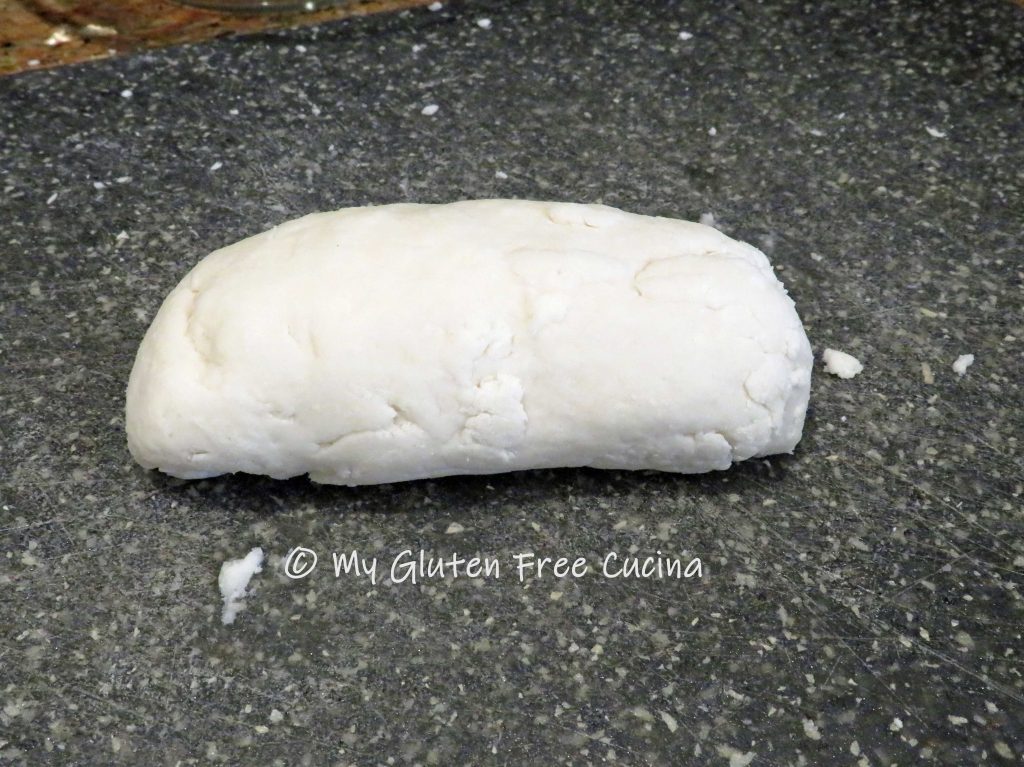

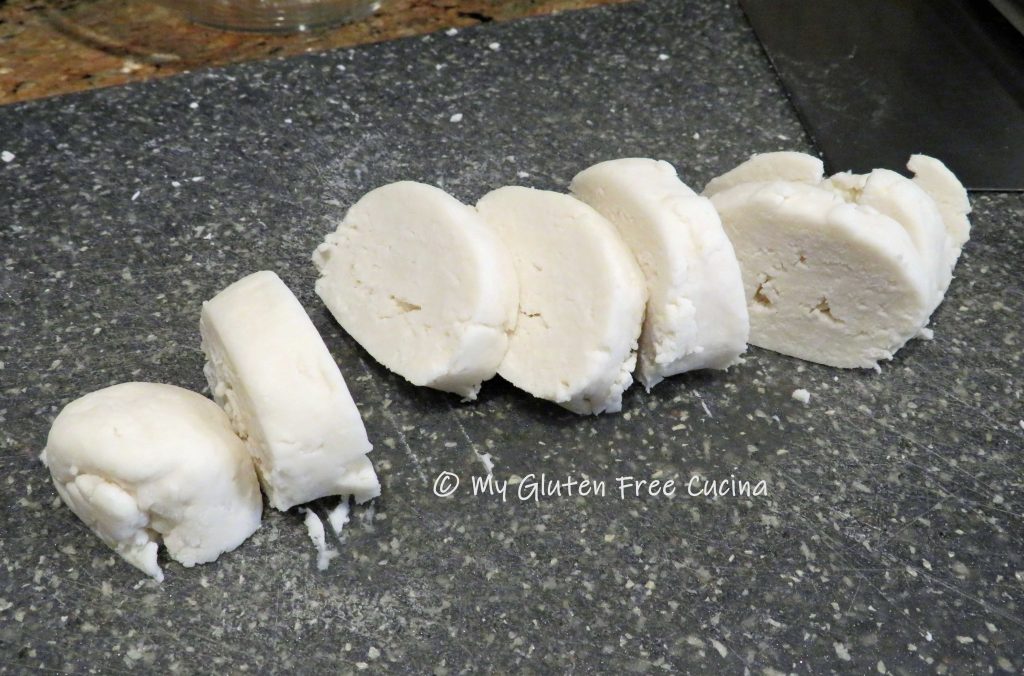


 Use tongs to turn each piece to quickly brown both sides. The pork does not have to be cooked through at this point; it will finish cooking with the veggies.
Use tongs to turn each piece to quickly brown both sides. The pork does not have to be cooked through at this point; it will finish cooking with the veggies. Add all of the vegetables to the skillet.
Add all of the vegetables to the skillet.





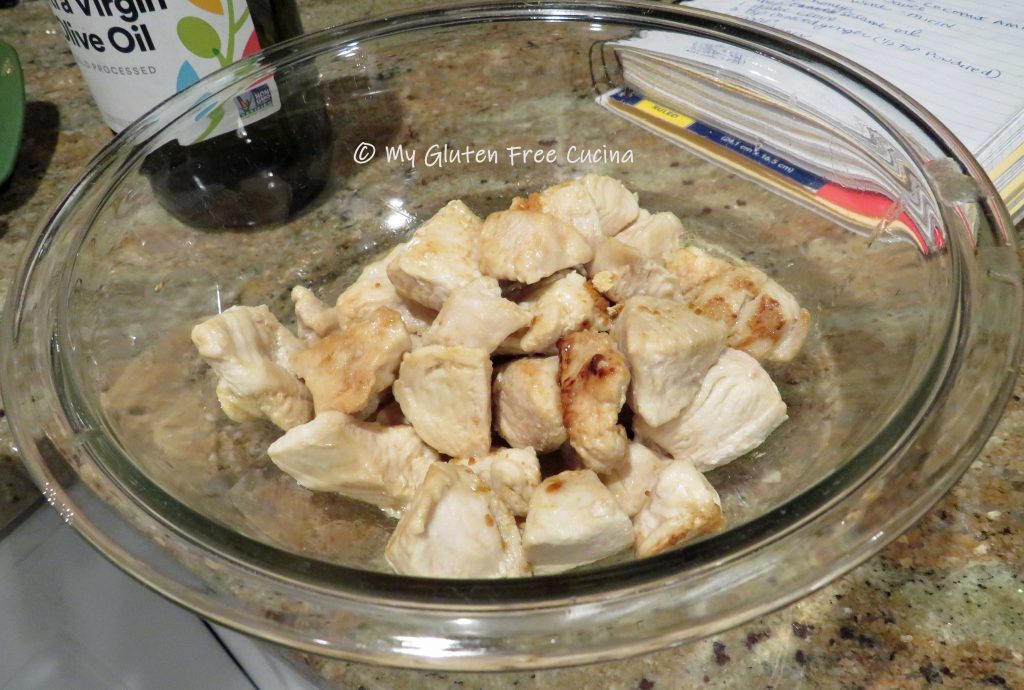
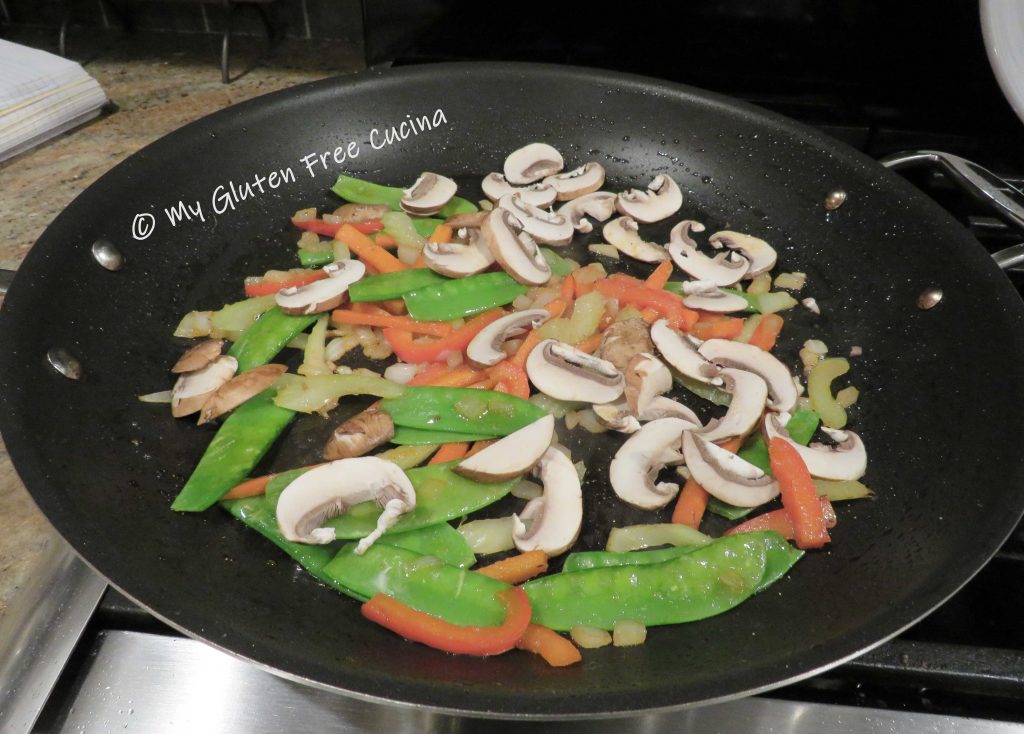



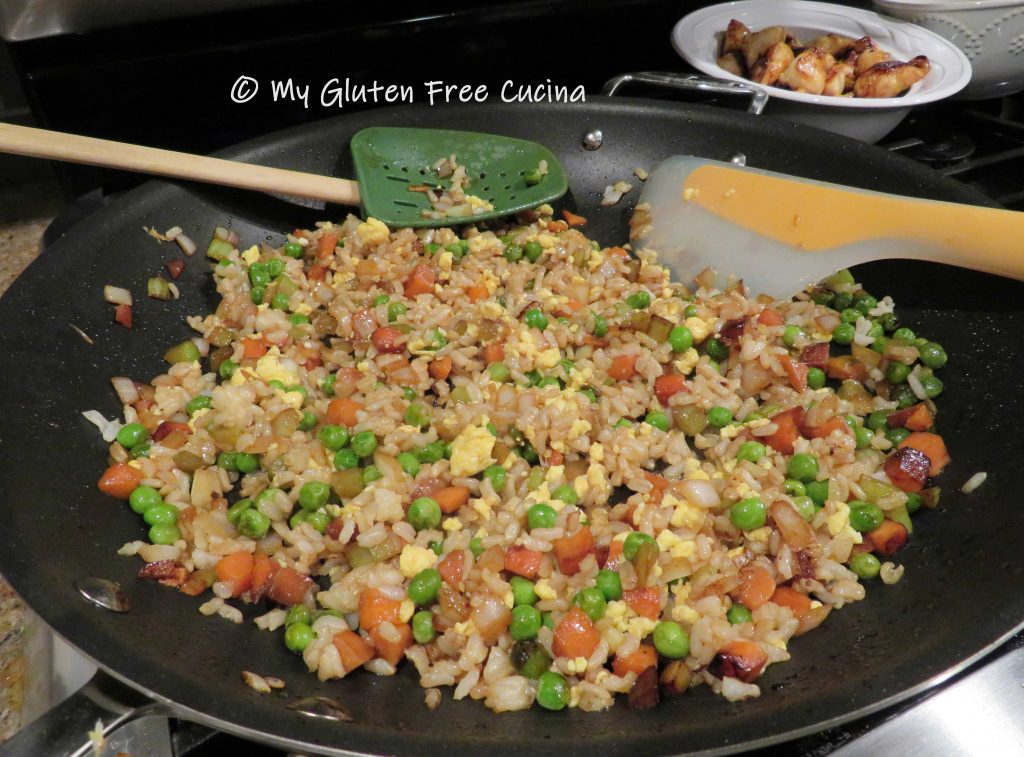

 While the chicken was cooking, I made my fried rice.
While the chicken was cooking, I made my fried rice. 








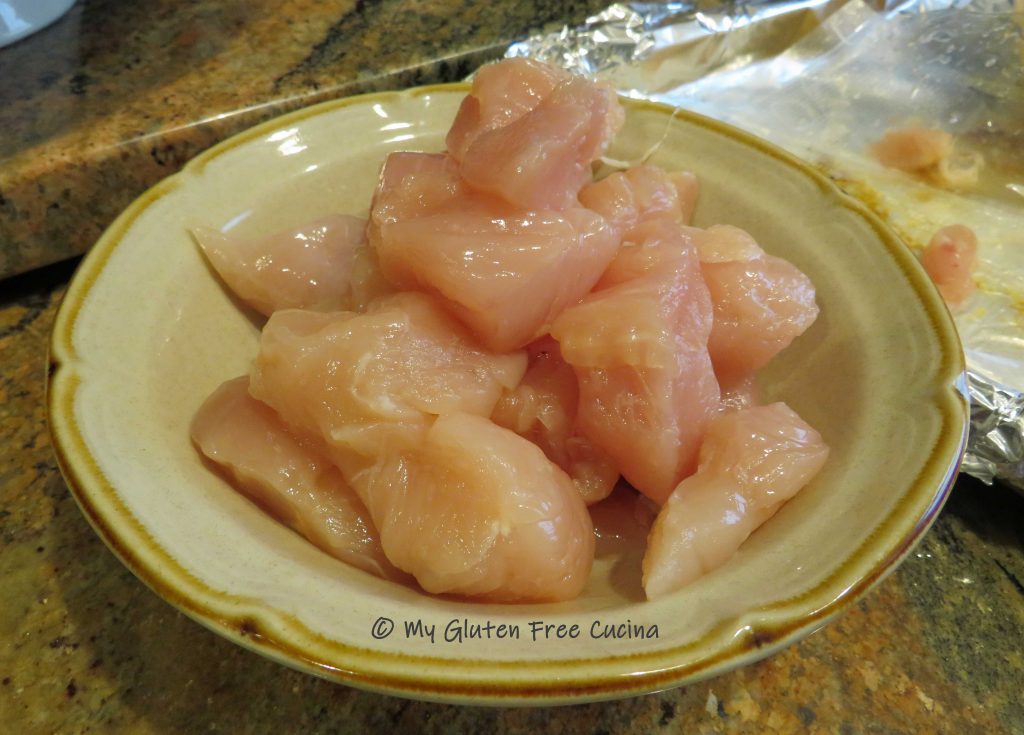
 Coat a
Coat a 






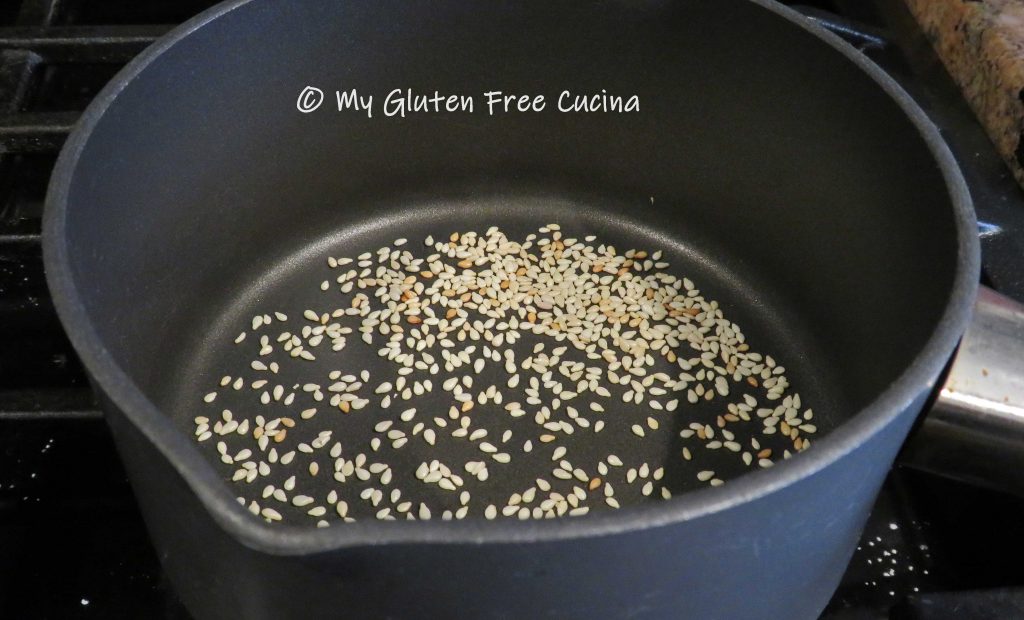




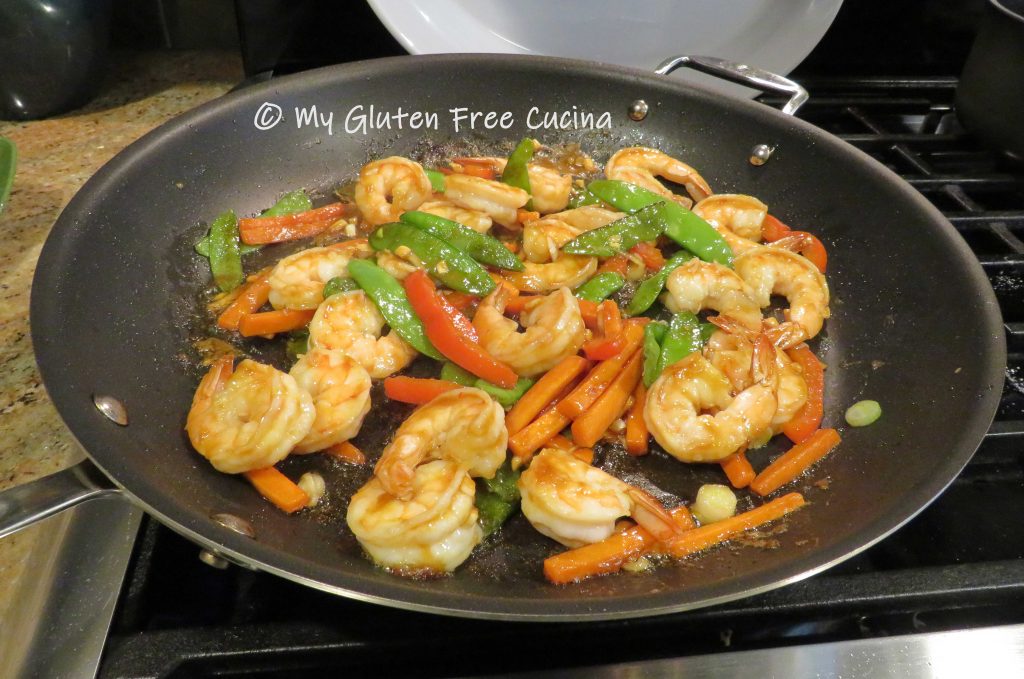
 To serve, spoon the shrimp and veggies over the rice with more sesame seeds and tortilla strips.
To serve, spoon the shrimp and veggies over the rice with more sesame seeds and tortilla strips.
